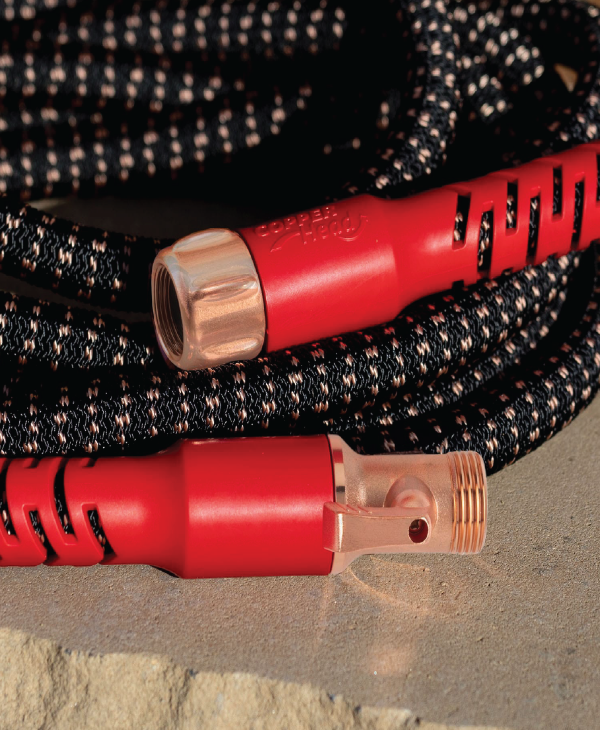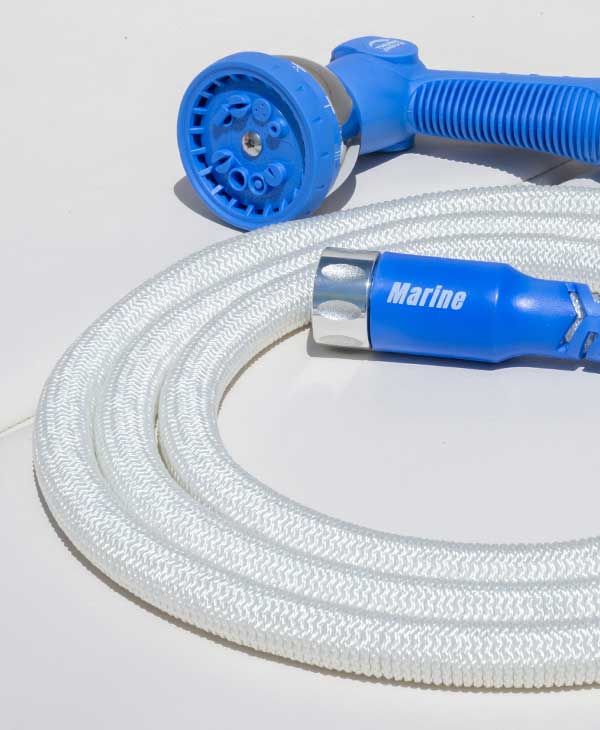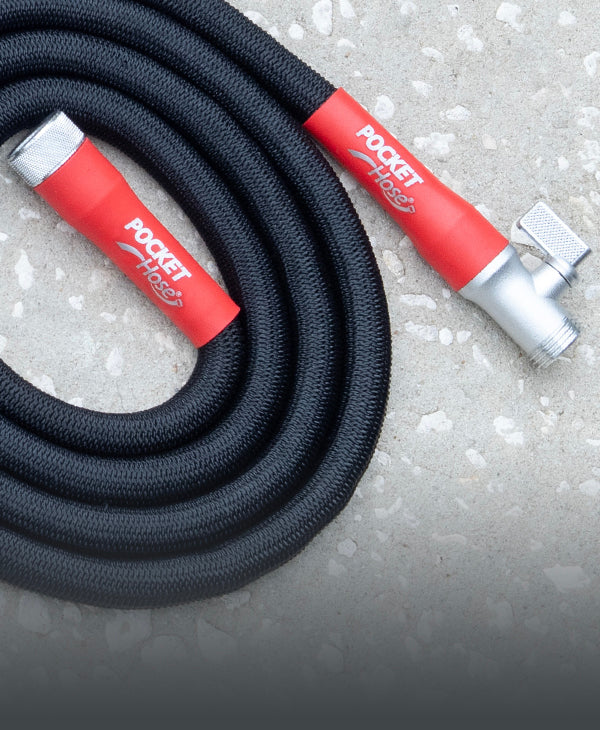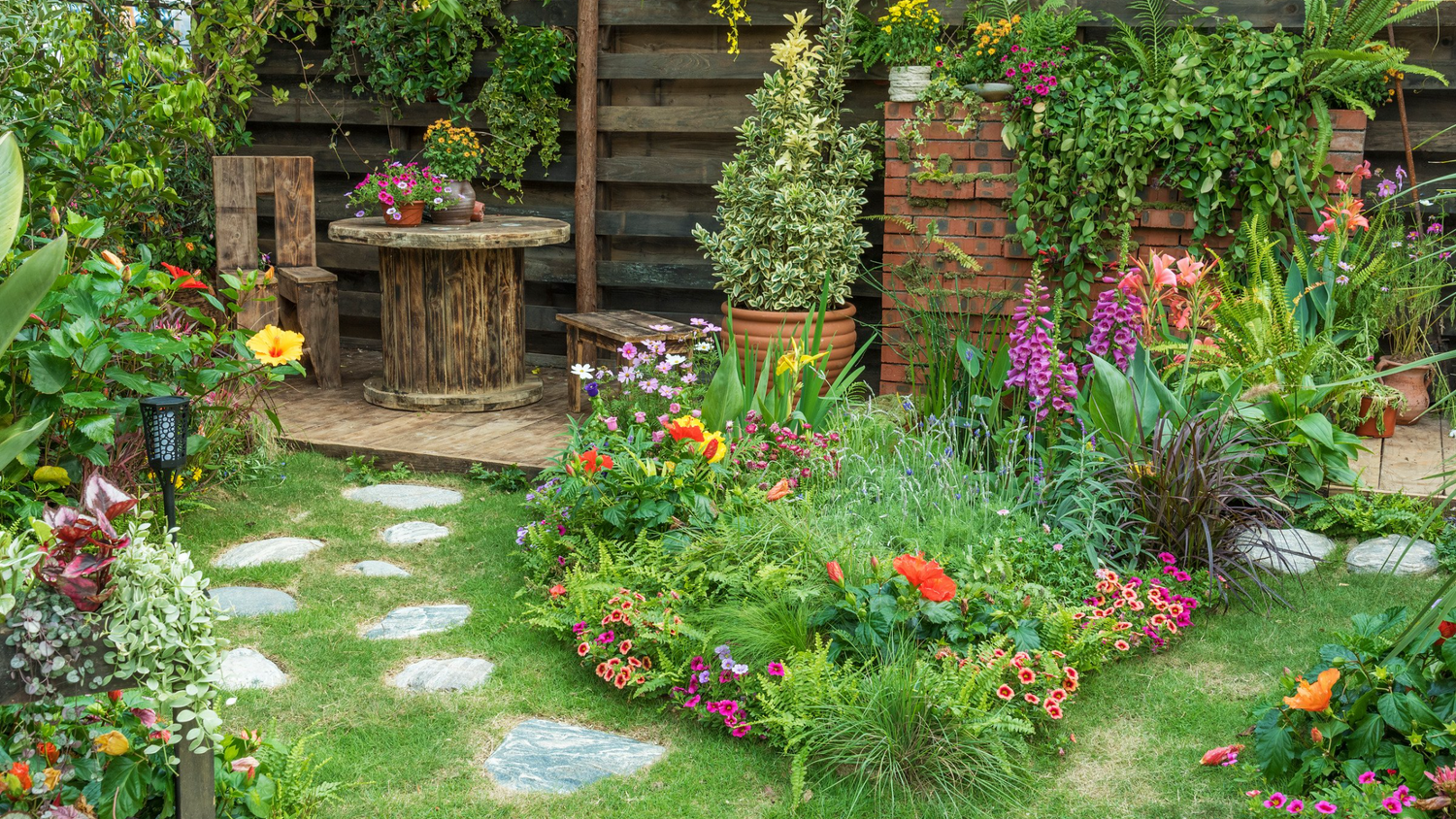I wandered through my neighbor's stunning flower garden yesterday. The vibrant hues of the lilies, the soaring sunflowers, and the all-encompassing fragrance of lavender and roses were simply captivating. But what truly left me in awe was the impeccable health of the blossoms. This prompted a chat over tea, during which I uncovered the secret behind the floral splendor. It all boils down to one critical aspect of flower garden care—precision watering.
The Science of Hydration in Your Garden
Before we dive into the practical tips, let's understand why precision watering is integral to achieving optimal growth in your flowers. Water is the lifeblood of plants—it's crucial for photosynthesis, transporting nutrients, and maintaining cell structure. However, like any lifeline, too little or too much can have detrimental effects. That's where precision watering comes into play—it ensures that your beloved flowers get the exact amount of water they require for thriving, not surviving.
Precision Watering: The Goldilocks Approach
Precision watering is akin to the Goldilocks principle—not too much, not too little, but just right. It’s the sweet spot that maximizes growth and blooms. But how do you achieve this balance?
Assessing Your Soil's Moisture Needs
Understanding the moisture needs of your soil type is the first step. Sandy soils drain fast and require frequent, lighter watering, while clay soils hold water longer and need less frequent, deeper watering. By feeling the soil about an inch below the surface, a simple soil moisture test can guide your hand—damp, not sopping wet or bone dry, is what we aim for.
Individual Needs for Different Blooms
Every flower in your garden has unique hydration requirements depending on its species, size, and growth stage. Generally, most flowers prefer a deep watering routine that encourages roots to grow downward, creating a stable and robust system. Shallow, frequent watering can lead to weak root systems and vulnerable plants.
Precision Timing for Watering
The time of day can dramatically impact your watering efficiency. Early morning is ideal—less water evaporates due to the cool temperatures and leaves dry fast, reducing disease risk. Evening is a second-best option, but prolonged dampness overnight can invite mildew.
So, with the basics covered, let’s explore the actionable hose tips for flowers, gadgets, and techniques that will help you hydrate your plants with finesse.
Hose Tips for Flowers: Tools of the Trade
Choosing the Right Hose and Nozzle

To pinpoint your watering, you'll want a maneuverable hose and a nozzle with a variety of settings, from mist to soak. A wand attachment also works wonders for reaching the base of your plants while keeping foliage dry and preventing disease.
Soaker Hoses and Drip Irrigation
For the modern gardener, soaker hoses and drip irrigation systems are the epitome of precision watering. These tools deliver water directly to the soil at a controlled rate, ensuring deep saturation with minimal waste. As a bonus, they save time and effort—set up a timer, and your watering is as automated as possible.
Using Mulch to Your Advantage
Complement your watering efforts with a healthy layer of mulch. Mulch retains moisture, keeps roots cool, and slows evaporation. It's like having a moisture butler at your service 24/7, ensuring your soil doesn't dry out too quickly after watering.
Watering Techniques for Optimal Growth
Now, let’s get to the action. Here are some top-tier watering techniques to pave the way for a flourishing flower garden.
Deep Watering Done Right
To promote deep roots, water less frequently but thoroughly. A deep soak once or twice a week is better than light watering daily. Measure the output of your irrigation system to ensure your flowers are getting the inch of water they generally require per week.
Fertilizer: The Hydration Helper
Dissolving fertilizer in your watering can offer a meal with hydration—another precision tactic to promote robust growth. However, don't overfeed or over-water, as the adage "too much of a good thing" holds especially true here.
Spot Watering: The Personal Touch
Even within a well-orchestrated system, some plants need an extra sip. That's where spot watering by hand comes into play, resolving any unique or individual plant needs.
Measuring Success: Keep an Eye on Your Growth
Like a true gardener scientist, observe the effects of your watering regimen. Are the leaves perky in the morning? Is there new growth? Happy flowers will show you signs. Trouble spots, on the other hand, will let you know adjustments are needed—perhaps more or less water or spreading out the watering intervals.
The Dangers of Overwatering and Underwatering
Precision watering is not just about giving enough water but also about not giving too much. Overwatering leads to root rot and weak plants, while underwatering stresses the plants, causing wilting and reduced blooms. Check soil moisture and adjust your watering as necessary.
Automating Precision Watering with Technology
For those who love tech or have busy schedules, sophisticated moisture sensors and smart irrigation systems can take precision watering to new heights. Smartphone apps can now inform you when your garden needs watering or, even better, do the watering for you.
The Rewards of Precision Watering
Adopting precision watering techniques can lead to a flower garden that turns heads and lifts spirits. It's a realm where lavish blooms abound, foliage is lush, and every flower is a testament to optimal growth.
Common Mistakes and Misconceptions
Beware of common pitfalls, like watering little and often, ignoring weather patterns, and neglecting to adjust your watering schedule as your flowers grow. Such errors can set you back in your quest for the perfect flower garden.
Final Thoughts
Precision watering is more than just a gardening technique; it's a philosophy, an art, and a science that, when mastered, leads to the ultimate flower garden care. It's about understanding the delicate balance that nurtures the soul of your garden—your flowers.
By embracing these principles and techniques of watering, observing your plants' responses, and fine-tuning your methods, you will surely witness a transformation in your flower garden. It's a journey of learning, patience, love, and attention to detail that yields a living, blooming masterpiece. So, grab your hose (with the right tips!), and let's ensure every water drop counts towards achieving unbridled floral ecstasy. Happy gardening, friends!





Leave a comment
This site is protected by hCaptcha and the hCaptcha Privacy Policy and Terms of Service apply.